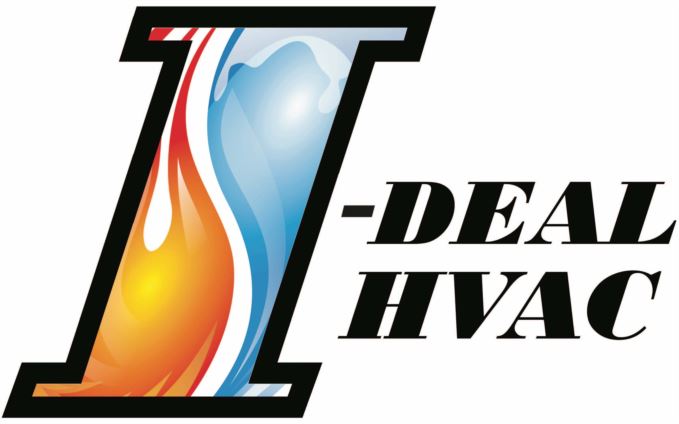
You might not think a lot about how your air conditioner functions, but it requires refrigerant to keep your home fresh. This refrigerant is bound by environmental rules, as it contains chemicals.
Subject to when your air conditioner was put in, it may require R-22, R-410A or R-32 refrigerant. We’ll go over the differences and which air conditioner refrigerants are being phased out in Albuquerque, plus how these phaseouts affect you.
What’s R-22 and Why Is It Discontinued?
If your air conditioner was put in before 2010, it likely contains Freon®. You can find out if your air conditioner contains it by contacting us at 505-445-1250. You can also examine the name plate on your air conditioner condenser, which is located outside your house. This sticker will contain information on what kind of refrigerant your AC uses.
Freon, which is also called R-22, contains chlorine. Scientists consider R-22 to be bad for the earth’s ozone layer and one that contributes to global warming. The Environmental Protection Agency, which governs refrigerants in the United States, banned its production and import in January 2020.
Should I Replace My R-22 Air Conditioner?
It depends. If your air conditioning is cooling as designed, you can continue to use it. With yearly air conditioner maintenance, you can expect your system to operate around 15–20 years. However, the Department of Energy says that substituting a 10-year-old air conditioner could save you 20–40% on annual cooling costs!
If you don’t get a new air conditioner, it may cause an issue if you need air conditioning repair down the road, specifically for refrigerant. Repairs can be pricier, since only reduced quantities of recycled and reclaimed R-22 is available.
With the discontinuation of R-22, many new air conditioners now rely on Puron®. Also known as R-410A, this refrigerant was made to keep the ozone layer in good shape. Since it needs an incompatible pressure level, it doesn’t work with air conditioners that use R-22 for cooling.
However, Puron still has the possibility to create global warming. Because of that, it might also ultimately be ended. Although it hasn’t been communicated yet for residential air conditioners, it’s expected sometime this decade.
What Refrigerant Will Take Over R-410A?
In preparation of the phaseout, some manufacturers have initiated using R-32 in new air conditioners. This refrigerant rates low for global warming possibility—around one-third less than R-410A. And it also lowers energy use by around 10%, according to the Intergovernmental Panel on Climate Change’s Fourth Assessment Report. That’s savings that may be forwarded on to you through your utility expenses.
I-Deal HVAC Can Help with All Your Air Conditioning Needs
In summary, the changes to air conditioner refrigerant probably won’t affect you a whole lot until you need repairs. But as we talked about earlier, refrigerant repairs can be more expensive because of the reduced quantities that are accessible.
In addition to that, your air conditioner often breaks down at the worst time, typically on the warmest day when we’re getting lots of other requests for AC repair.
If your air conditioner relies on a phased out refrigerant or is aging, we recommend upgrading to an up-to-date, energy-efficient air conditioner. This delivers a hassle-free summer and might even lower your utility expenses, especially if you choose an ENERGY STAR®-rated system. Plus, I-Deal HVAC offers many financing programs to make your new air conditioner work with your budget. Contact us at 505-445-1250 to begin today with a free estimate.
